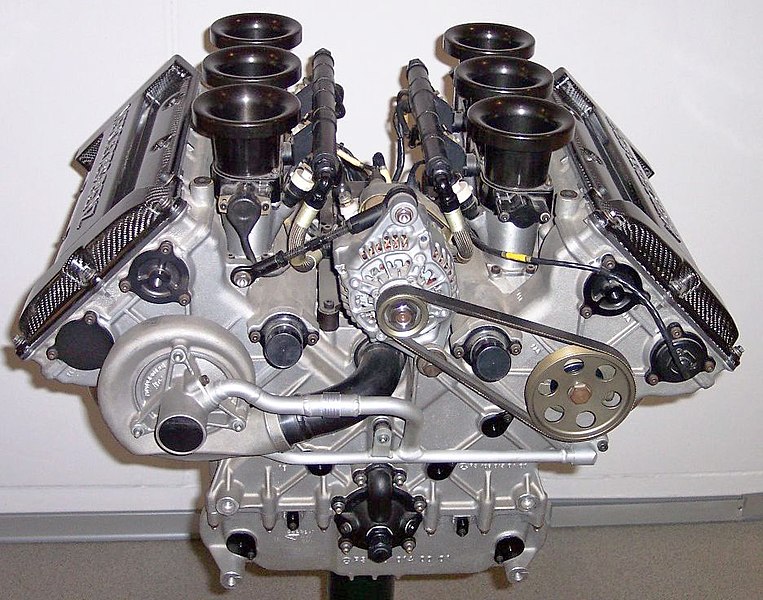How things work: A gas engine
Without even thinking about it you probably hopped in your car and went to school this morning, or went to work, or took the bus. Regardless of whether it’s a car, SUV, truck, or bus, assuming it’s a gas vehicle, it all works in the same way.
Let’s first start with the ignition. When you first put your key in the ignition and turn it, that noise you hear for a few seconds after you turn the key is the electric starter motor which is a small electric motor that spins the engine a few rotations.
This movement of the engine caused by the motor pushes the pistons up and down and actually forms an air movement that sucks in the fuel vapors from the gas tank. Finally, the spark plug ignites the fuel which causes a little explosion also known as combustion inside the cylinder head where the piston is.
This explosion forces the piston downward and the other piston upward. Air and fuel continue to enter the engine, and the engine is now considered running.
When you press the gas pedal to go forward, the gas pedal is connected to a small door on the engine that controls how much air goes into the intake valve. The farther down you press the gas pedal, the faster you go. This is because the farther down the gas pedal is pressed, the more the air intake valve is opened on the engine.
The more gas that goes in the engine at one time, the faster the pistons move up and down, and the wheels spin.
Pushing the gas pedal to go 70 MPH will have a lot more gas in the engine at once compared to if you only were driving 15 MPH.
To sum it all up, it’s all about fuel and air intake. Just remember, if you get a speeding ticket, the only mistake you made was letting too much gas inside your engine at once.

When Jacob Toth isn't at school, you would most likely find him at the gym either working on weightlifting or cardio. Jacob says he goes to the gym so...











